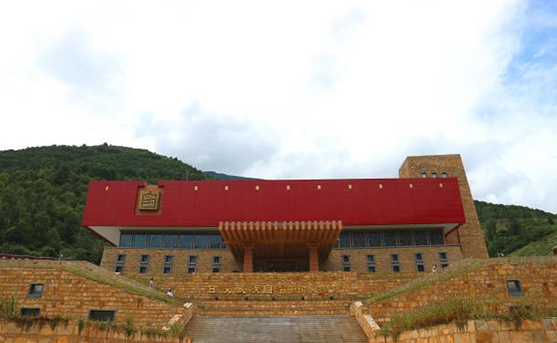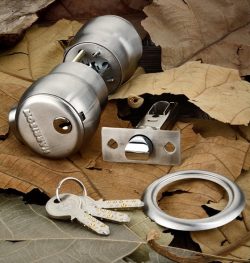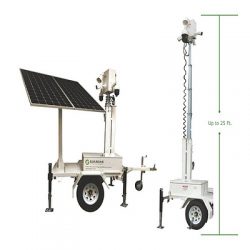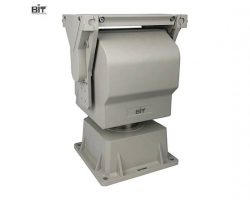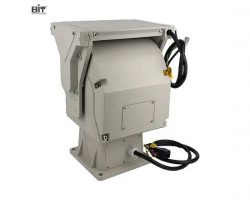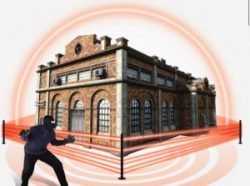How to Preserve Cultural Relics Collection?
Antiques, also known as cultural relics, antiques, etc., are cultural relics left over from ancient times, including heirlooms and excavated items. It is considered to be a microcosm of human civilization and history, combining the connotations of history, local history, calligraphy and painting, natural history, identification, history of science and technology and other knowledge.
Today let the museum exhibit manufacturers to introduce it specially for you! Will answer for you some requirements for the preservation and storage of cultural relics collection: due to the wide variety of cultural relics collection, different textures and properties, the requirements for their preservation are also different. Therefore, according to the performance of the collection, the necessary measures should be taken in a targeted manner to do a good job in the preservation and storage of the collection.
Low-oxygen(Constant Humidity) And Clean Showcase
1. Temperature and humidity: In order to keep the collection in good condition for a long time, suitable temperature and humidity are essential conditions. Generally speaking, humidity of 15~18℃ and relative humidity of 50~65% are suitable for various items.
When the temperature is too high, it should be cooled; when the temperature is too low, it should be heated.
When the humidity is too high, dehumidification measures should be taken; when the humidity is too low, humidification should be carried out.
Constant Humidity Showcase
Take the necessary measures for temperature and humidity changes. In addition, it should be noted that shelves, cabinets, boxes, etc. Where collections are placed should not be placed close to the floor or walls. They should be placed at the proper height or at a certain distance from the walls, and paintings and drawings hung on the walls should be checked frequently. Tapestry, etc. behind the wall for moisture.
Cultural relics constant temperature and humidity storage cabinets can meet the requirements of constant temperature and humidity environment, can effectively store and preserve those precious cultural relics that have research value and significance and require constant temperature and humidity environment.
2. Harmful gases and dust: air pollution in modern society is very serious. When there is a trace of ozone in the atmosphere, it will oxidize metals such as copper, iron and lead, and fade or discolor the pigments of fabrics, paper and color paintings.
Many harmful gases such as coal, spoiled food, hydrogen sulfide gas from toilets are harmful to silver, copper and lead; paper and leather have a destructive effect and cause corrosion of metals; not to mention the large amounts of carbon dioxide emitted by airplanes, cars, chimneys, coal stoves, etc.
The air is also often mixed with very fine hard particles, which combine with moisture and fall on the items, easily parasitize bacteria, mold and other microorganisms, and are especially harmful to various organic textures of collections. In order to prevent the influence of harmful gases and dust on the collection, the collection should be placed in a place with relatively fresh air to reduce the possible damage to the collection caused by the smell of smoke, dust and feces.
Pay attention to cleaning the room, remove dust frequently with a slightly damp soft rag, clean the room regularly with a vacuum cleaner, and even close the collection with glass and boxes. If possible, air purification equipment should be used.
Cultural repository constant temperature and humidity storage cabinets can effectively isolate harmful gases and dust, and can set a constant temperature and humidity state as required, can effectively store and preserve those with research value and significance, the need for constant temperature and humidity environment of precious cultural relics.
